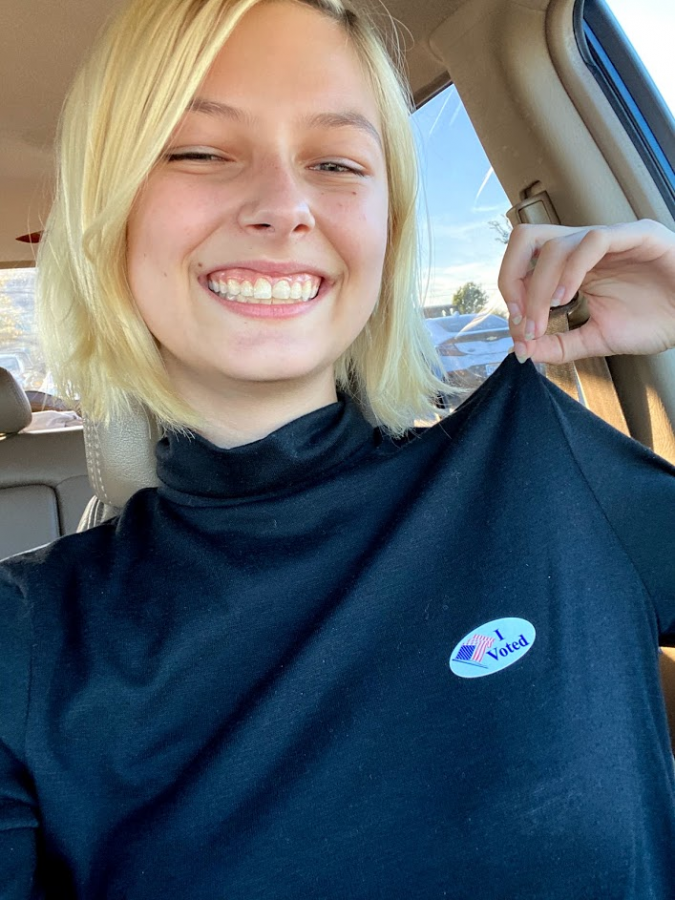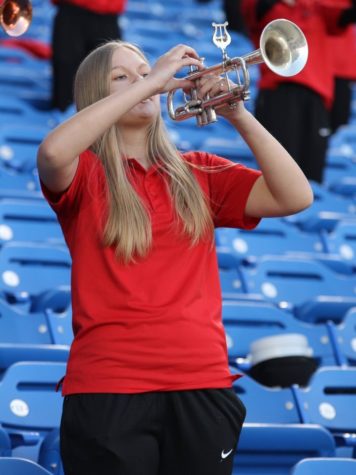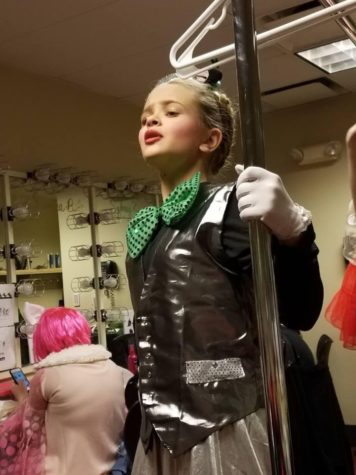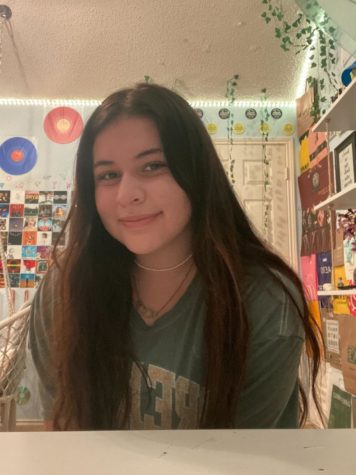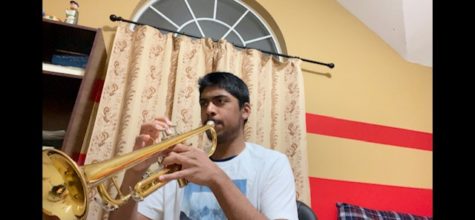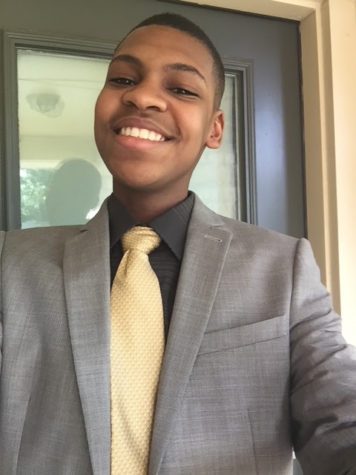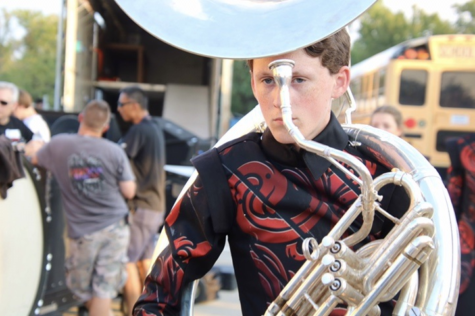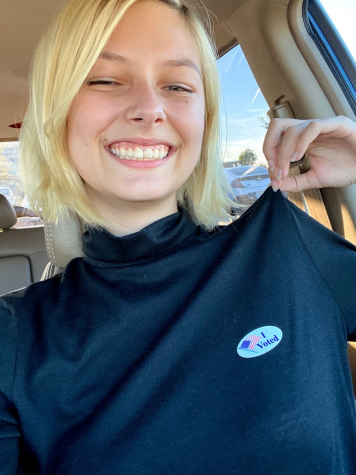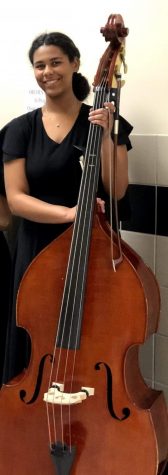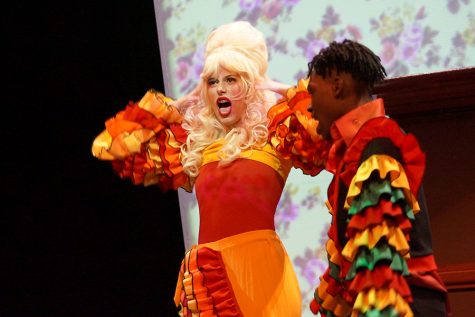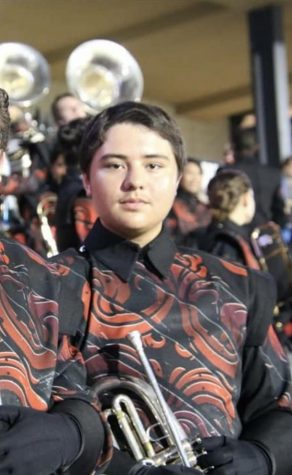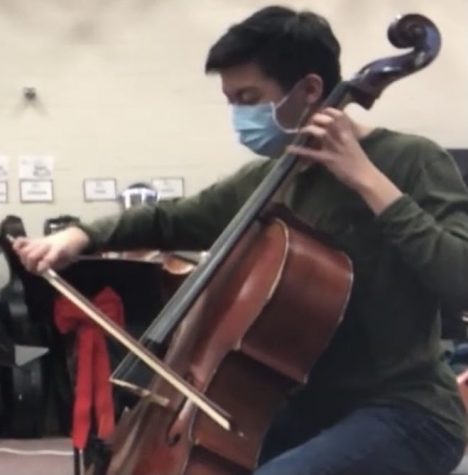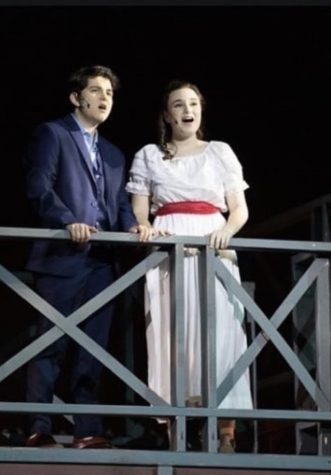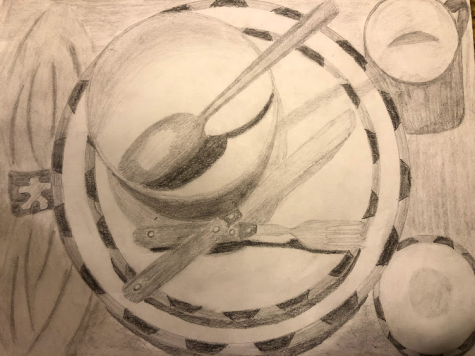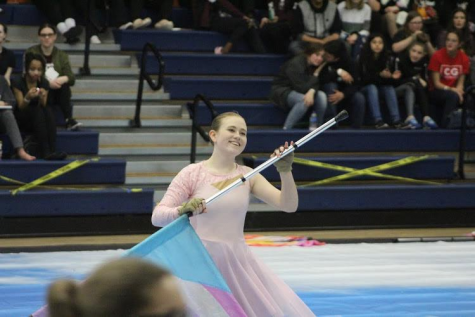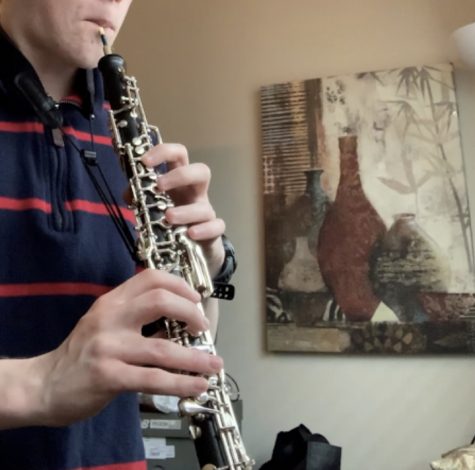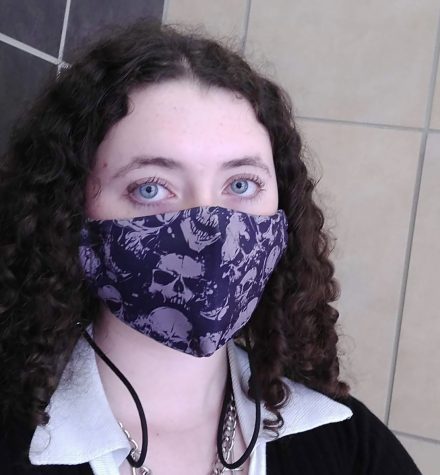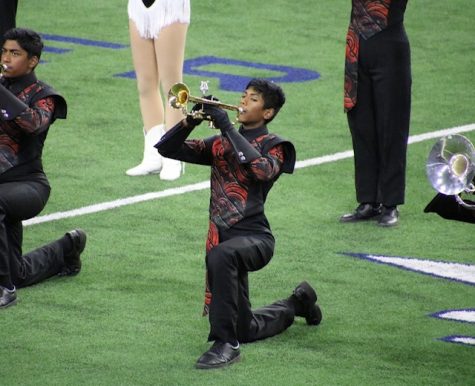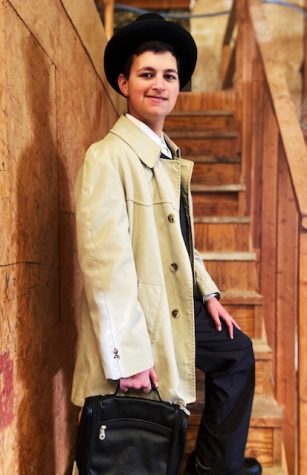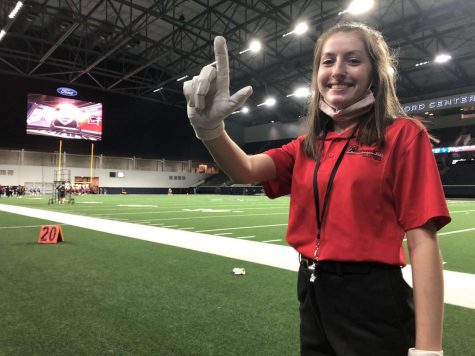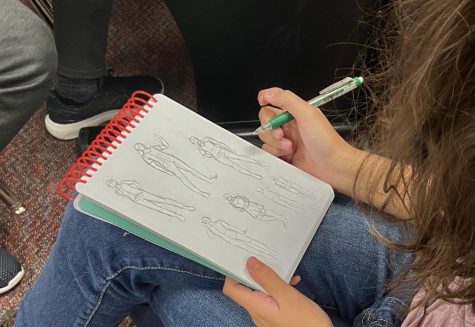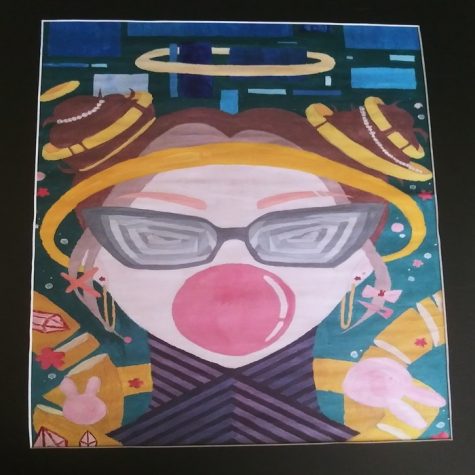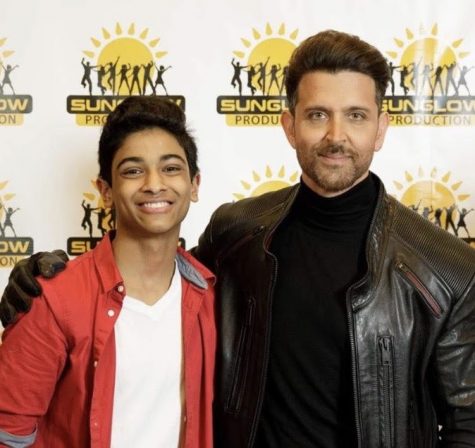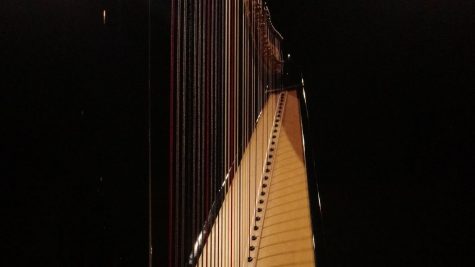Virginia Tyndal
Taking graphic design at the CTE center for the past four years, senior Virginia Tyndal creates her own original characters through the use of a mouse and a computer.
Future Job: medical/biological illustrator
ECs that relate to OC and GD: Graphic Design Intern; NAHS
How long have you been doing this?: 4-6 years
Future College: not decided
Future Major: Biology/Studio Art
Wingspan: How long have you been doing graphic design?
Tyndal: “I’ve been practicing graphic design for 4 years, through the CTE graphic design program.”
Wingspan: Can you explain what your original characters are, and how an artist makes them?
Tyndal: “My original characters are, in short, characters I’ve created by myself. Some original characters are made as fan characters, while others are designed for original works. Artists can make original characters based off of themselves, to fulfill a spot in a story, or even just for fun!”
Wingspan: Does graphic design and your original characters overlap in any way?
Tyndal: “Graphic design teaches you a lot of foundational concepts that can help you with character design, such as color theory, shapes, and silhouettes. I’ve used a lot of the artistic skills I’ve learned through the graphic design program in designing and making artwork of my characters.”
Wingspan: Sometimes, I hear about OCs having their own story and personality traits. Can you tell me a bit about that and how that relates to yours?
Tyndal: “Most of my original characters were made for my writing project, which I started freshman year. Using the main character, Emmy, as an example, she’s been an original character of mine for around 6 years now, and she’s gone through a lot of changes before I’ve settled on her current story and personality. When it comes to designing original characters, especially for personal projects, they are equally influenced by the world they are in as they have an influence on the world you are creating.”
Wingspan: Is graphic design or something related to your art form something that you would consider doing as a career?
Tyndal: “Not graphic design specifically, but definitely a variation! I would like to go into a career like medical illustration or biological illustration, making diagrams and artworks for textbooks and research.”
Wingspan: How does your art form play a role in your school, social, and personal life?
Tyndal: “Art has actually been a huge factor in my social life, since I’ve made a lot of friends with fellow artists through our mutual interest. It has also given me a lot of unique opportunities in school, especially in creative projects and classes.”
Wingspan: Is there anything you wish you would have known before starting graphic design or working on your original characters?
Tyndal: “I wish I could have gotten myself into making original characters sooner. As a kid, I was always so scared of being the odd-one-out that I pushed down a lot of my interests involving OCs, especially with sharing them with others. But I have made so many friends and found so much joy from my characters, I think I would have found a lot of comfort in them when I was younger.”
Wingspan: What’s something cool about your artform you wish other people knew about?
Tyndal: “Graphic design is an incredibly useful skill to have, and I think everyone can benefit from at least the basics of the art form. Understanding concepts like layouts, fonts, color and weight can allow you to make beautiful personalized projects easily, and it can really add to your professional portfolio and appearance in the workplace. When it comes to OCs, I just wish people understood what an incredible outlet they can be, even for those who don’t have a lot of artistic experience. My OCs were a huge motivator for my improvement in art and writing, which have carried into my career interests and my skills in school.”
